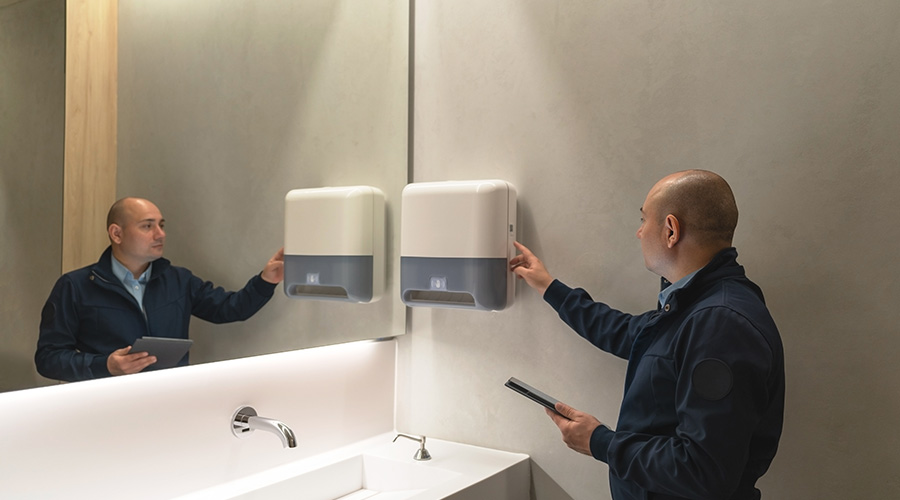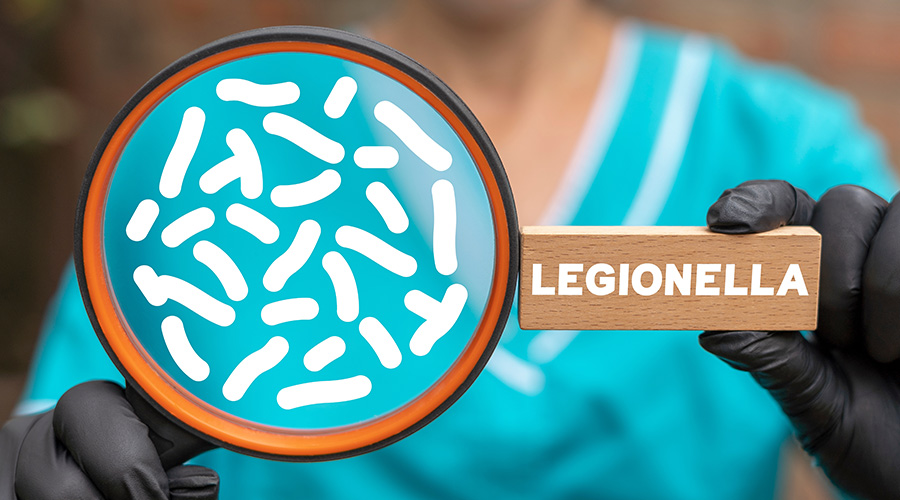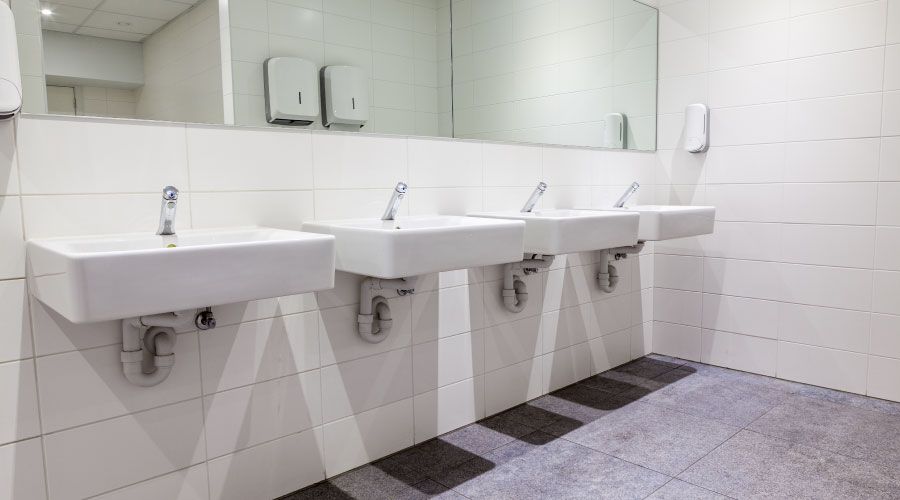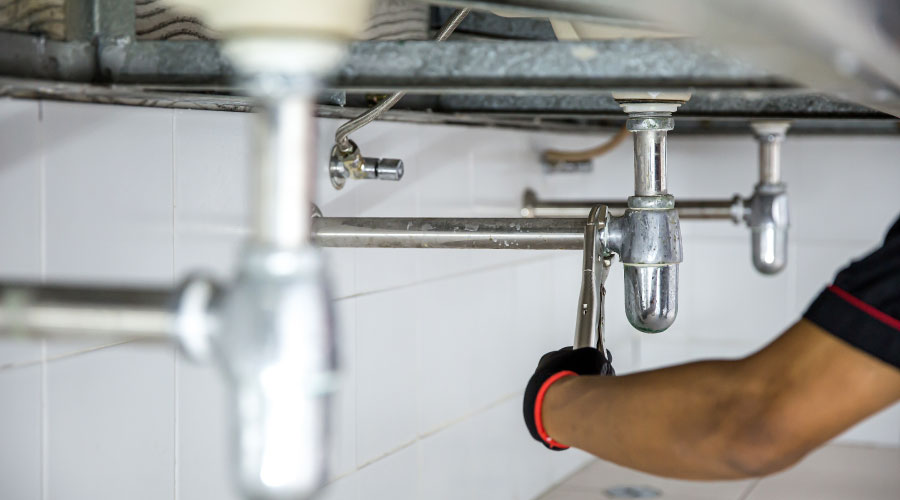Restrooms: Use Hygiene Monitor to Measure Bacteria Count
As manufacturers seek to address customers' needs for healthier, cleaner restrooms, product options are multiplying rapidly. Managers seeking to ensure they select the most appropriate equipment should consider testing products before making final decisions.
Without specific data on the effectiveness of a cleaning program, managers might specify stronger or weaker chemicals than necessary or schedule cleaning more or less frequently than required. Another, more effective option is to use a hygiene monitor to measure the bacteria count on surfaces and fixtures.
Housekeepers can perform this task by swabbing the area in question, inserting the swab into a sample tube on a monitor, and reading the bacteria count to determine if the area meets the department's cleanliness standard. This process does not identify specific bacteria. Instead, it indicates the presence of certain microbes that appear when unsanitary conditions exist.
Managers can verify the effectiveness of this in-house testing by bringing in an outside analyst. This back-up method might be necessary only often enough to ensure the in-house hygiene testing provides accurate readings.
Managers can use these techniques to adjust and customize the method and frequency of cleaning routines, as well as to achieve optimum quality and cost-effectiveness. Testing using indoor air quality samples that are performed by a testing professional can provide an extra measure of assurance that cleaning procedures are effective in maintaining pleasant, attractive, odor- and germ-free restrooms.
Besides the tangible cost benefits, managers also will reap the intangible but often substantial benefit of enhancing the department's positive image among building occupants. Incorporating such testing to check the condition of restroom hygiene can be a valuable tool in specifying the most appropriate products and fixtures for hygienic restrooms.
Thomas A. Westerkamp is a maintenance and engineering management consultant and president of the work management division of Westerkamp Group LLC.
Related Topics:














